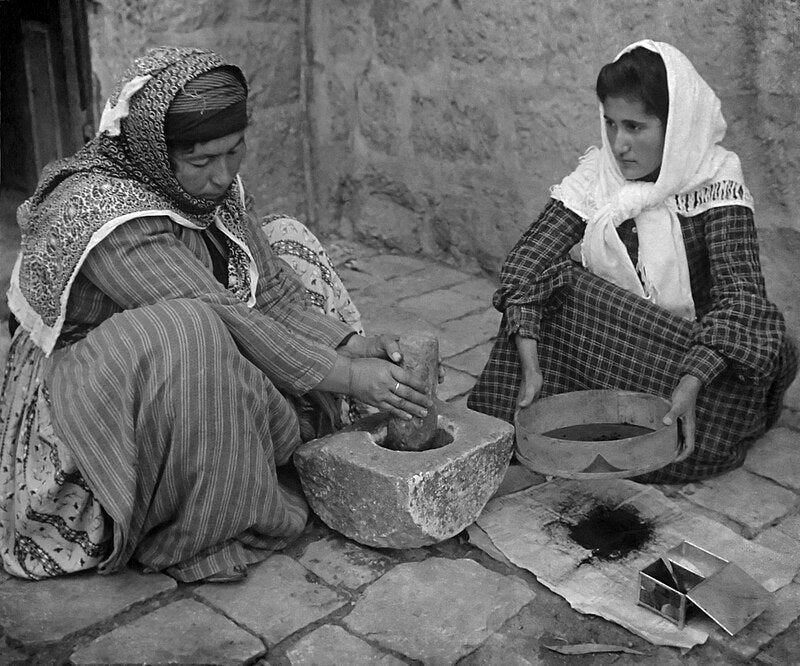
History of coffee
The history of coffee dates back centuries in Ethiopia and Yemen. It was already known in Mecca in the 15th century. Also, in the 15th century, Sufi monasteries in Yemen employed coffee as an aid to concentration during prayers.[1] Coffee later spread to the Levant in the early 16th century; it caused some controversy on whether it was halal in Ottoman and Mamluk society. Coffee arrived in Italy the second half of the 16th century through commercial Mediterranean trade routes, while Central and Eastern Europeans learned of coffee from the Ottomans. By the mid 17th century, it had reached India and the East Indies.

Coffee houses were established in Western Europe by the late 17th century, especially in Holland, England, and Germany. One of the earliest cultivations of coffee in the New World was when Gabriel de Clieu brought coffee seedlings to Martinique in 1720. These beans later sprouted 18,680 coffee trees which enabled its spread to other Caribbean islands such as Saint-Domingue and also to Mexico. By 1788, Saint-Domingue supplied half the world's coffee.[2]
By 1852, Brazil became the world's largest producer of coffee and has held that status ever since. The period since 1950 saw the widening of the playing field owing to the emergence of several other major producers, notably Colombia, Ivory Coast, Ethiopia, and Vietnam; the latter overtook Colombia and became the second-largest producer in 1999. Modern production techniques along with the mass productization of coffee has made it a household item today.
Today, coffee is one of the world's most popular beverages, with a significant cultural and economic impact globally.